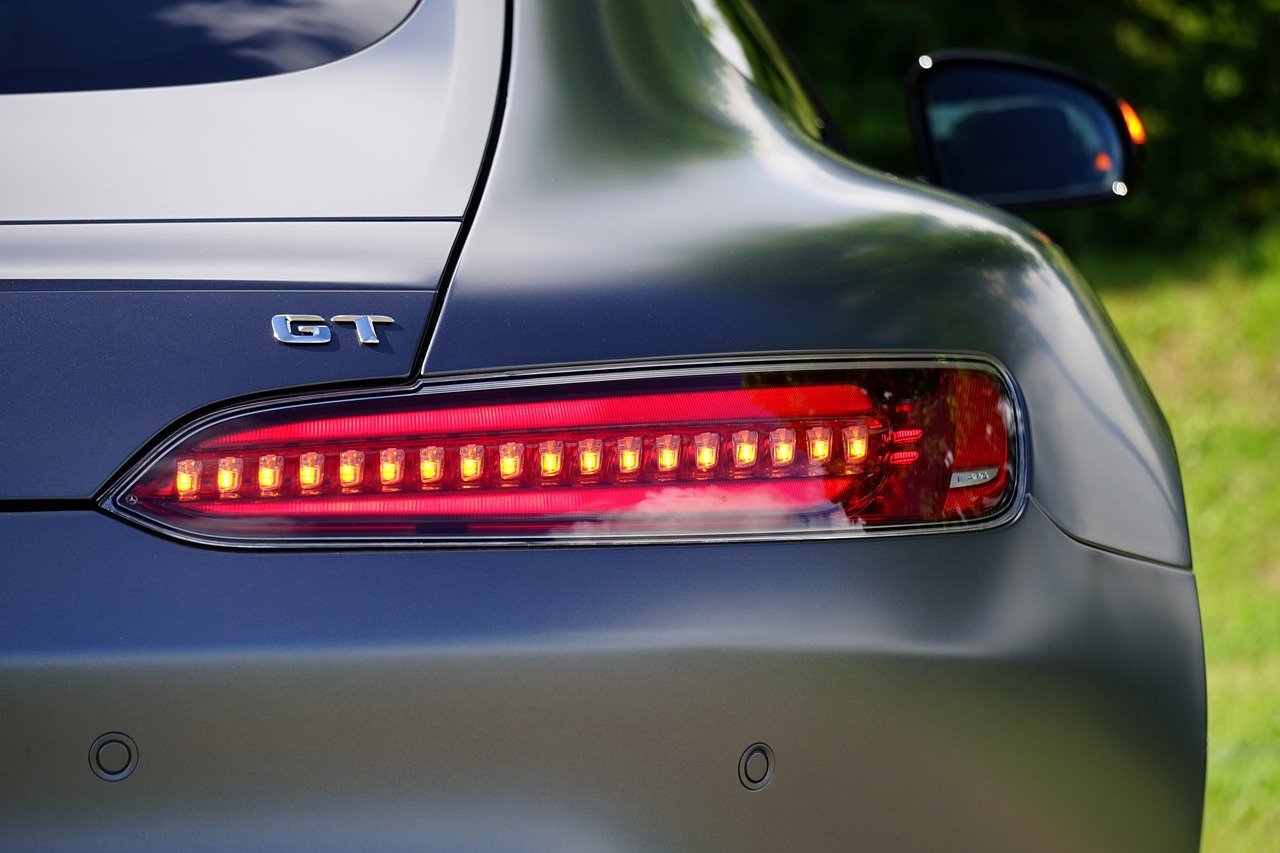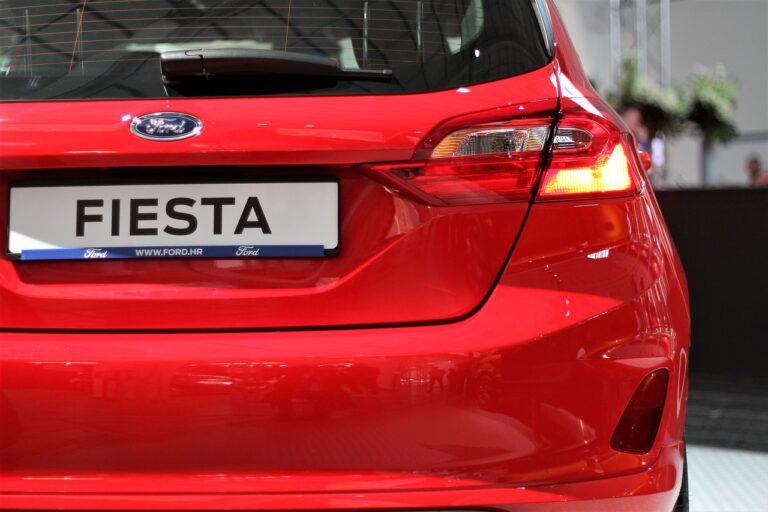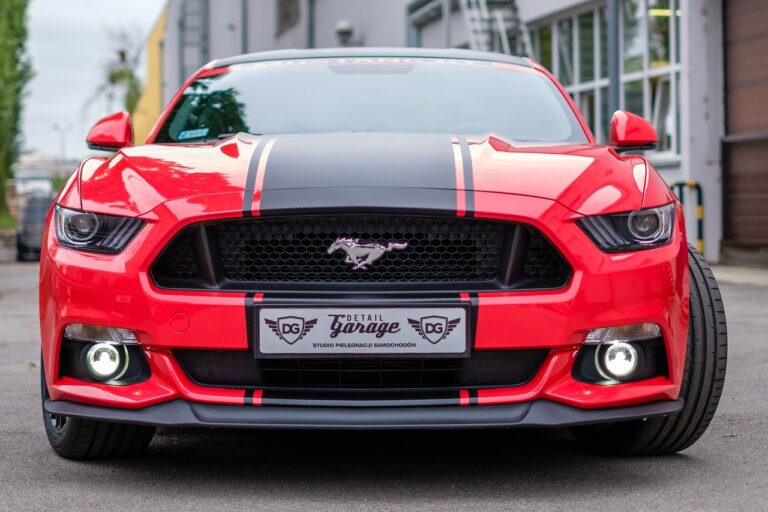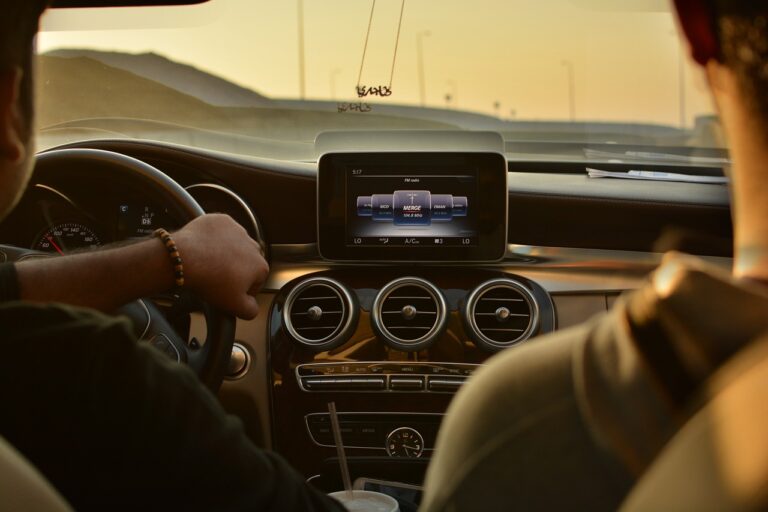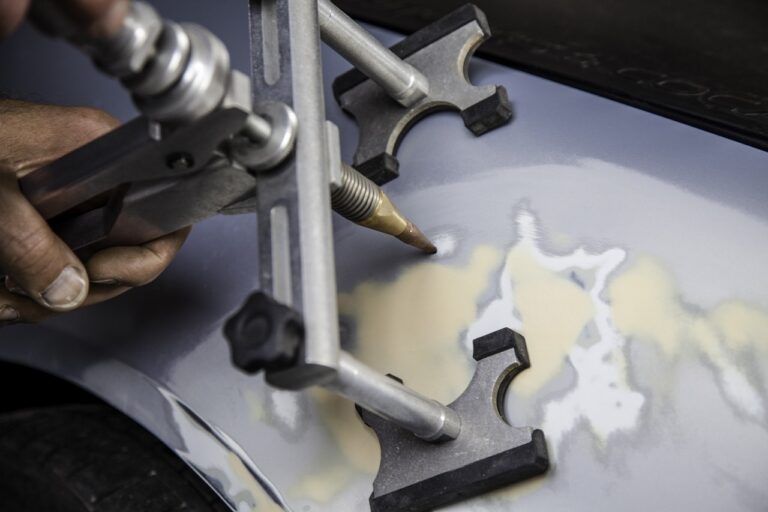The Evolution of Car Design: From Classic to Futuristic
In the early 20th century, car design underwent significant transformations as technological advancements revolutionized the automotive industry. The introduction of mass production techniques by companies such as Ford led to the standardization of car designs, making automobile ownership more accessible to the general public. Streamlined shapes and elegant curves became prominent features, reflecting the influence of Art Deco and Art Nouveau movements in design.
Designers of the time focused on marrying form and function, aiming to create vehicles that were not only aesthetically pleasing but also efficient and practical. The emphasis on aerodynamics and efficient use of space resulted in sleeker car silhouettes and enclosed cabins that provided greater comfort and protection for passengers. These early innovations laid the foundation for the evolution of car design throughout the 20th century, setting the stage for the diverse range of styles and features we see in modern vehicles today.
Influential Designers in Automotive History
One of the most iconic figures in automotive history is Harley Earl, who revolutionized car design during his time at General Motors. Earl’s emphasis on style and aesthetics helped shape the modern concept of the automobile as a status symbol. His innovative designs, such as the Chevrolet Corvette, showcased his forward-thinking approach to blending art with engineering.
Another influential designer is Giorgetto Giugiaro, known for his work with companies like Fiat, Volkswagen, and Alfa Romeo. Giugiaro’s clean lines and sleek aesthetics have left a lasting impact on the automotive industry. His designs, including the iconic Volkswagen Golf and the Lotus Esprit, have become timeless classics admired for their beauty and functionality.
Shifts in Car Design Trends Over the Decades
In the early 20th century, car design was primarily focused on functionality and durability. Vehicles were mostly boxy in shape with a strong emphasis on utility rather than aesthetics. However, as the decades progressed, a shift towards more streamlined and sleek designs emerged.
One of the key shifts in car design trends over the decades has been the focus on aerodynamics and fuel efficiency. Modern cars are designed to be more aerodynamic, with features such as curvier body shapes and smoother lines to reduce drag and improve overall performance. Additionally, advancements in technology have allowed for the integration of lightweight materials that enhance fuel efficiency without compromising on safety or durability.

